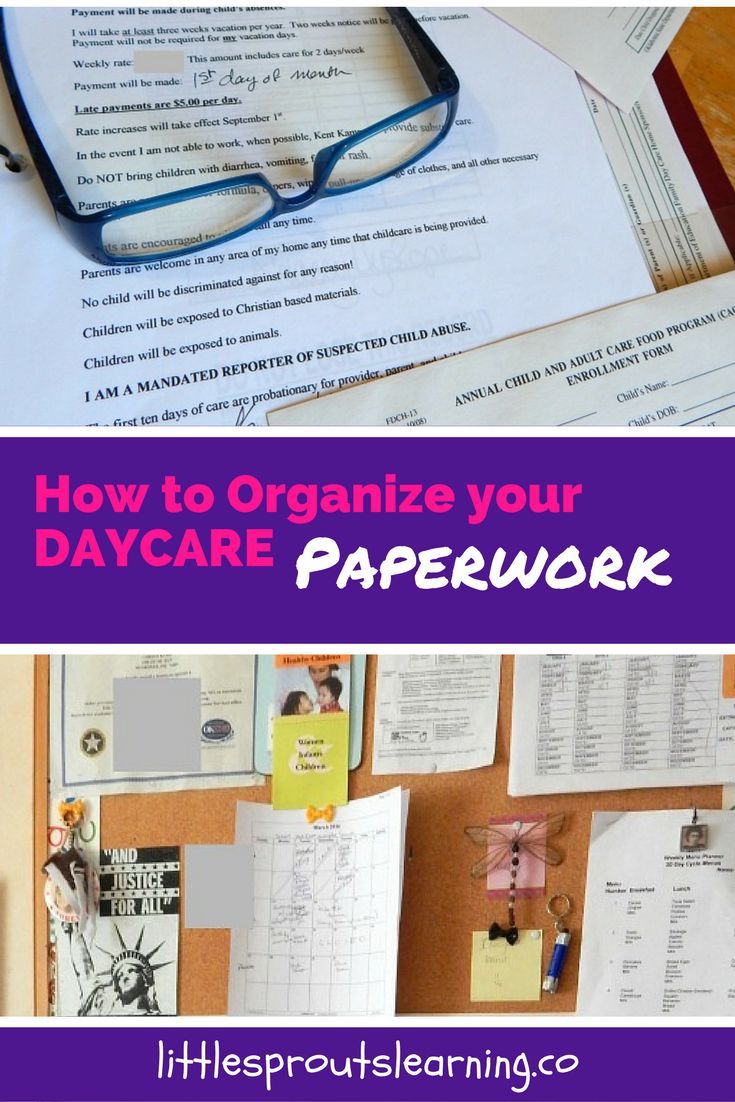5 Steps to Send Paperwork Through Mail Safely

In today’s increasingly digital world, the need to send important documents through traditional mail has not diminished as much as one might think. Legal documents, sensitive information, and certain personal correspondences often require physical transmission due to issues of security, legality, or simply tradition. However, sending paperwork through the mail involves more than just addressing an envelope; it requires a thorough understanding of preparation, protection, and tracking to ensure your documents arrive safely and efficiently. Here's a comprehensive guide on how to safely send paperwork through the mail.
Prepare Your Documents

Sorting and Organization: Begin by organizing your documents. Remove any staples or paperclips that might damage the pages or get in the way when the envelope is opened. Place the documents in order of importance or chronology if relevant.
- Sort by importance or relevance to the recipient.
- Ensure every page is in place; missing pages can cause significant delays or misunderstandings.
Copies: Always make copies of everything you're sending. This is your backup in case the mail gets lost, damaged, or destroyed.
📝 Note: Keeping copies not only provides security but also saves time if a resend is necessary.
Choose the Right Envelope

Selecting the correct type of envelope is crucial for ensuring the safety of your documents. Here are some options:
- Manila Envelopes: Best for larger documents or thicker packages. They are durable and offer good security against casual observation.
- Padded Envelopes: Ideal for fragile or valuable documents where extra protection is needed.
- Security Envelopes: These feature a secure, tamper-proof design, making them suitable for sensitive information.
Secure Your Paperwork

Your documents need to be well-protected inside the envelope. Here's how:
- Fold: Fold the documents in such a way that they fit snugly within the envelope, minimizing unnecessary movement which could lead to wear.
- Protective Sleeves: If the documents are particularly important or sensitive, consider using protective sleeves before placing them in the envelope.
- Seal: Use a strong adhesive to seal the envelope securely. For additional security, use tamper-proof tape or even wax seals in certain cases.
🚨 Note: If your documents contain highly sensitive information, use Registered Mail or Certified Mail services for enhanced security.
Addressing the Envelope

Properly addressing your envelope is critical for ensuring it reaches the correct recipient:
- Clear and Legible: Write or print the recipient's address clearly. Illegible writing can result in lost mail.
- Return Address: Always include a return address on the envelope in case it needs to be returned. Use a physical address as it aids in tracking.
- Tracking Numbers: If using a tracking service, make sure to include the tracking number in your records or if you require a signature upon delivery.
| Addressing Tips | Description |
|---|---|
| Use correct Zip Code | Avoid misrouting by including the correct zip code. |
| Apartment/Suite Number | If applicable, include the apartment or suite number to avoid delays. |
| Use P.O. Boxes for large companies | Some businesses prefer to receive mail at their P.O. Box. |

Postage and Sending

Once your documents are ready:
- Calculate Postage: Use online tools or ask at your local post office to determine the correct postage. Over or underpaying can delay delivery.
- Track Your Package: Consider using services that offer tracking. This provides peace of mind and the ability to monitor your documents' journey.
- Certified Mail: Opt for Certified Mail if you need proof of delivery or for registered mail for extra security.
- Insurance: If the documents are extremely valuable or irreplaceable, consider insuring the package against loss or damage.
After explaining the steps to send documents through mail, here are some important notes:
✉️ Note: Use registered mail or certified mail for documents that contain sensitive or valuable information.
📦 Note: If you're sending multiple documents, consider bundling them together with rubber bands or paper clips to keep them organized.
By following these steps, you ensure that your paperwork reaches its intended destination securely, efficiently, and on time. When dealing with documents of legal, financial, or personal importance, taking the time to prepare and send them properly can make all the difference. Remember, attention to detail in every step not only protects the sender but also respects the recipient’s time and ensures they receive what they need when they need it.
Is it safe to send important documents via regular mail?

+
Yes, but regular mail offers less security than Certified or Registered Mail. For high-value or confidential documents, opt for a more secure mailing option.
How can I ensure that my documents won’t get damaged during transit?

+
Use sturdy envelopes, protective sleeves, and fold documents to minimize movement. Consider padded envelopes for extra protection.
What do I do if my mail gets lost or damaged?

+
Contact your postal service with your tracking information or proof of mailing. If you insured the documents, you may be eligible for compensation.
Is there a way to confirm delivery of the documents?

+
Use Certified Mail, which provides proof of delivery. Registered Mail offers additional security with signature confirmation upon delivery.
How do I handle international mail for important documents?

+
For international shipments, use services like Registered Mail or Priority Mail International, which provide tracking and sometimes require customs declarations.



